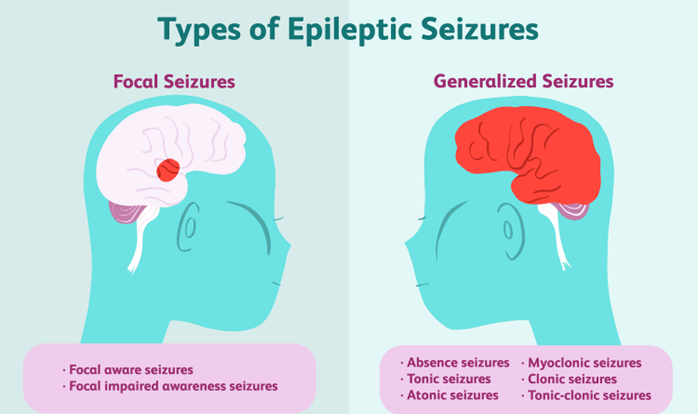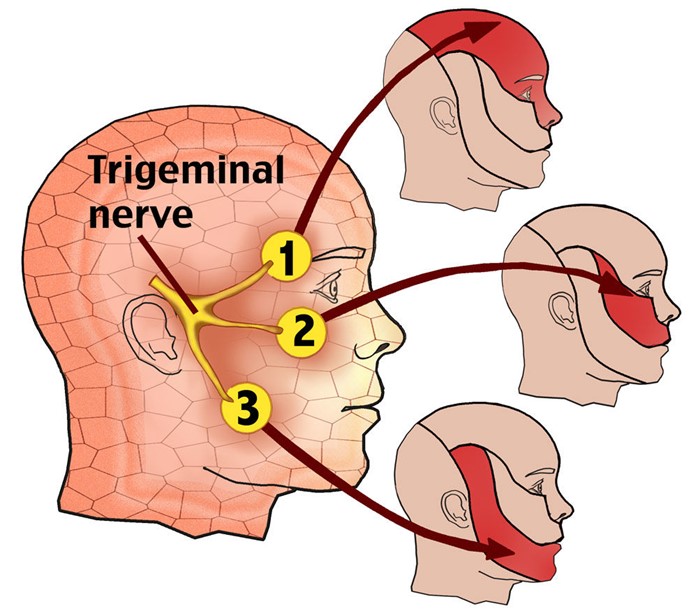A client is scheduled for a functional assessment using the Functional Independence Measure (FIM). The client asks the nurse, "What is the purpose of the FIM?" Which nursing response is appropriate?
It is a tool that is used to determine your maximum level of self-sufficiency.
It is a test that determines which activities you feel most comfortable performing.
It is a tool used by insurance companies to determine qualifications for medical reimbursement.
It is a tool that is used to assess what services you will need a home health aide to perform for you.
The Correct Answer is A
Choice A reason: It is a tool that is used to determine your maximum level of self-sufficiency as the appropriate nursing response, as it accurately describes the purpose and function of the FIM. The FIM measures how much assistance you need to perform 18 activities of daily living, such as eating, dressing, toileting, walking, and communicating. The FIM helps to evaluate your functional status, monitor your progress, and plan your rehabilitation goals and interventions. ¹²³
Choice B reason: It is a test that determines which activities you feel most comfortable performing is not an appropriate nursing response, as it does not reflect the objective and standardized nature of the FIM. The FIM is not a subjective or self-reported measure of your preferences or comfort level, but rather an observational and rating scale that assesses your actual performance and independence in various tasks. The FIM uses a 7-point ordinal scale that ranges from 1 (total assistance) to 7 (complete independence) and requires trained and certified raters to administer and score it. ¹²³
Choice C reason: It is a tool used by insurance companies to determine qualifications for medical reimbursement is not an appropriate nursing response, as it does not capture the primary purpose and benefit of the FIM. The FIM is not a financial or administrative tool that determines your eligibility or coverage for medical services, but rather a clinical and research tool that measures your functional outcomes and quality of care. The FIM provides a uniform system of measurement for disability based on the International Classification of Impairment, Disabilities, and Handicaps and allows for comparison and evaluation of different rehabilitation programs and settings. ¹²³
Choice D reason: It is a tool that is used to assess what services you will need a home health aide to perform for you is not an appropriate nursing response, as it does not reflect the comprehensive and multidimensional scope of the FIM. The FIM is not a specific or limited tool that assesses only your home care needs or dependence on others, but rather a general and broad tool that assesses your functional abilities and disabilities in various domains and environments. The FIM covers both motor and cognitive aspects of functioning, such as comprehension, expression, social interaction, problem-solving, and memory. The FIM can be used with all diagnoses within rehabilitation and can be applied across different levels and settings of care.
Nursing Test Bank
Naxlex Comprehensive Predictor Exams
Related Questions
Correct Answer is A
Explanation
Choice A reason: "Move objects away from the client." This instruction should be included in the teaching. It is a safety measure that can prevent injury or harm to the client during a seizure. Moving objects away from the client can create more space and avoid contact with sharp, hard, or hot items.
Choice B reason: "Restrain the client." This instruction should not be included in the teaching. It is a harmful action that can worsen or prolong the seizure. Restraining the client can interfere with their natural movements, cause pain or discomfort, or damage their muscles or joints.
Choice C reason: "Place the client on his back." This instruction should not be included in the teaching. It is a dangerous position that can compromise the client's airway and breathing. Placing the client on his back can increase the risk of choking, aspiration, or suffocation.
Choice D reason: "Insert a padded tongue blade into the client's mouth." This instruction should not be included in the teaching. It is an outdated and ineffective practice that can cause more harm than good. Inserting a padded tongue blade into the client's mouth can damage their teeth, gums, tongue, or lips, or block their airway. Contrary to popular belief, it is impossible for a person to swallow their tongue during a seizure.

Correct Answer is D
Explanation
Choice A reason: Analgesics are medications that relieve pain by blocking pain signals or reducing inflammation. They include nonsteroidal anti-inflammatory drugs (NSAIDs), opioids, and acetaminophen. However, analgesics are not very effective in treating trigeminal neuralgia, as they do not address the underlying cause of the pain, which is the compression or irritation of the trigeminal nerve.
Choice B reason: Antihistamines are medications that block the effects of histamine, a chemical that causes allergic reactions such as itching, sneezing, and swelling. They include diphenhydramine, cetirizine, and loratadine. Antihistamines are not effective in treating trigeminal neuralgia, as they do not affect the trigeminal nerve or its function.
Choice C reason: Antibiotics are medications that kill or inhibit the growth of bacteria that cause infections. They include penicillin, amoxicillin, and ciprofloxacin. Antibiotics are not effective in treating trigeminal neuralgia, as they do not target the trigeminal nerve or its pathology.
Choice D reason: Anticonvulsants are medications that prevent or reduce the frequency and severity of seizures by stabilizing the electrical activity of the brain. They include carbamazepine, gabapentin, and phenytoin. Anticonvulsants are the most effective medications in treating trigeminal neuralgia, as they reduce the abnormal firing of the trigeminal nerve that causes the pain. Anticonvulsants are considered the first-line therapy for trigeminal neuralgia and can provide significant relief for most clients.

Whether you are a student looking to ace your exams or a practicing nurse seeking to enhance your expertise , our nursing education contents will empower you with the confidence and competence to make a difference in the lives of patients and become a respected leader in the healthcare field.
Visit Naxlex, invest in your future and unlock endless possibilities with our unparalleled nursing education contents today
Report Wrong Answer on the Current Question
Do you disagree with the answer? If yes, what is your expected answer? Explain.
Kindly be descriptive with the issue you are facing.
